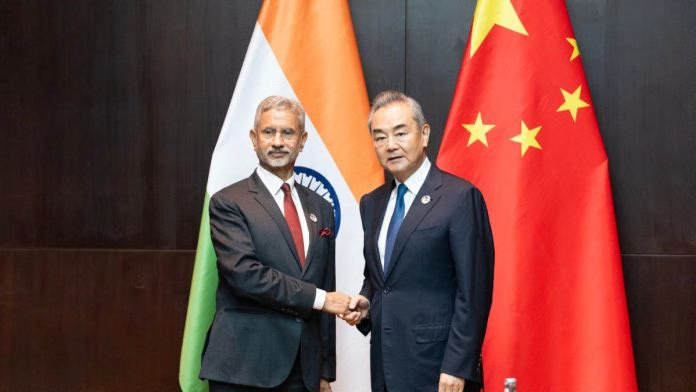
High-level discussions between Indian External Affairs Minister S. Jaishankar and Chinese Foreign Minister Wang Yi have led to a notable change in India-China relations. Following these talks, the Chinese Foreign Minister also met with PM Modi to further discuss trade between the two nations.
China has since lifted export restrictions on vital goods such as fertilizers, rare earth minerals, magnets and tunnel boring machines, which are crucial for India’s expanding tunnel and metro systems. This decision signifies a key step in alleviating economic tensions between India and China. Shipments of these materials have already begun, offering much-needed relief to Indian industries that have been struggling with severe supply disruptions.
Why does this move matter?
- Alleviating Strain Across Sectors: The lifting of export restrictions directly addresses supply shortages in several key sectors. Fertilizer curbs had threatened India’s Rabi cropping season by limiting access to essential inputs. Delays in tunnel boring machine shipments had stalled major infrastructure projects. Shortages of rare earth magnets risked undermining production in crucial industries such as automotive and electronics. The restoration of these supply lines offers timely support to these sectors, helping to stabilise production and growth.
- A Signal of Pragmatic Cooperation: Both countries are easing trade restrictions due to economic necessity, indicating a pragmatic shift despite geopolitical mistrust. This reflects an understanding that economic cooperation is vital, even with political challenges.
- Strategic Timing: The tariff removals align with broader diplomatic efforts to build confidence, including talks on troop disengagement along the Line of Actual Control. They also come just before Prime Minister Narendra Modi’s scheduled visit to China for the Shanghai Cooperation Organisation summit. This suggests India and China aim to renew engagement across multiple political and economic fronts.

What Comes Next for India-China Trade?
While the easing of export restrictions is a positive development, China is likely to continue approving shipments on a case-by-case basis rather than implementing sweeping policy changes, which is consistent with their unpredictable approach. Consequently, India may still encounter conditional access to essential materials.
Therefore, Indian policymakers must strategically leverage this opening while simultaneously prioritising investments in domestic manufacturing and supply chain diversification. This dual approach is crucial for mitigating long-term vulnerabilities.
The key question remains: how long can such concessions endure, and what strategies can be adopted to transform them from temporary shifts into durable frameworks for sustained cooperation?
For more such articles, check out The World Times.



